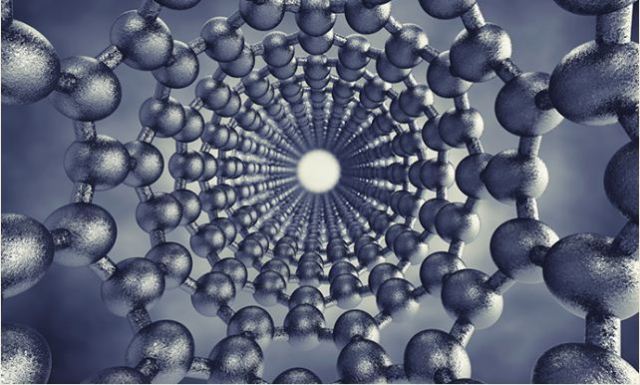A new fabrication technique for creating atomically controlled carbon nanostructures employed in molecular carbon-based electronics has been developed.

The team, including Professor Federico Rosei and his group at INRS, used a combination of two methods, namely molecular self-assembly and chain polymerization, to generate a long-range poly(para-phenylene) nanowire network on a copper surface. These methods were formerly formulated at Professor Rosei’s lab.
The researchers were able to illustrate the electronic structure and morphology of these nanostructures by applying theoretical models, and advanced technologies such as photoelectron spectroscopy and scanning tunneling microscopy.
We provide a complete description of the band structure and also highlight the strong interaction between the polymer and the substrate, which explains both the decreased bandgap and the metallic nature of the new chains. Even with this hybridization, the PPP bands display a quasi one-dimensional dispersion in conductive polymeric nanowires.
Professor Federico Rosei
The dispersion of the polymer offers spectroscopic evidence of the polymerization process of specific types of molecules on copper, silver, gold, and other surfaces. However, additional research is required to completely illustrate the electronic properties of these nanostructures.
This research is a positive step forward for related semiconductor studies, which will hopefully lead to the development of real devices including field-effect transistors, photovoltaic devices, sensors and LEDs.
The study results have been reported in the journal Nature Communications, where the complete structure of a conjugated organic polymer and the effect of the substrate on its electronic properties are discussed.